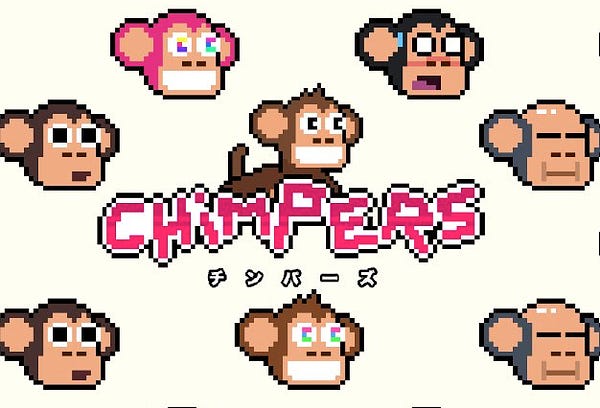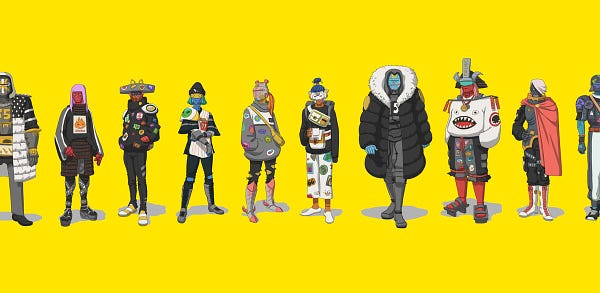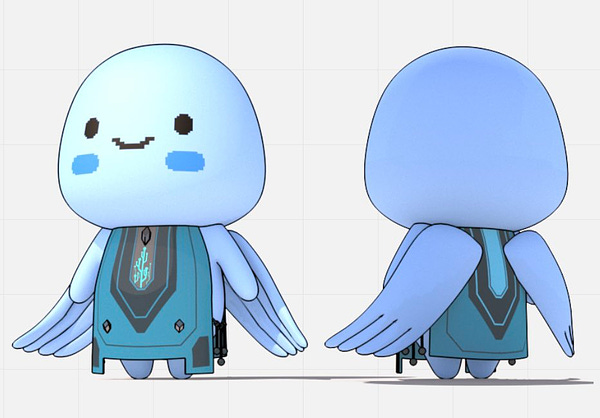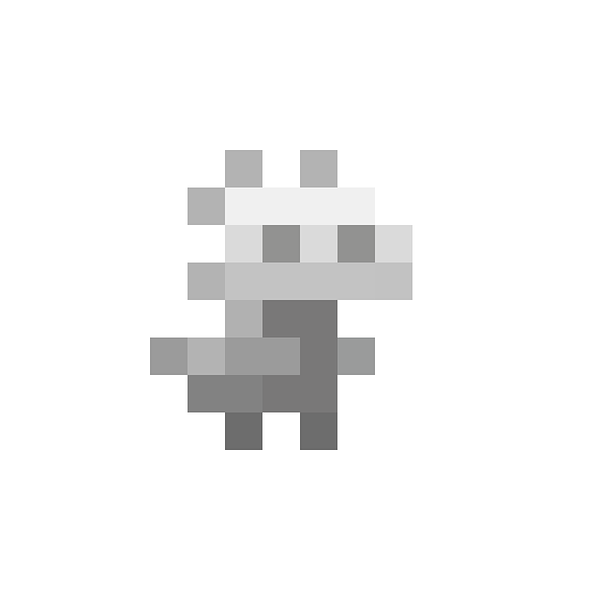
Some NFT projects are one-offs, but many others build off their first NFT collections with later collections or spinoffs. Yet there’s so much happening around the NFT ecosystem lately that it’s impossible to keep up with every project’s latest extension efforts unless you’re closely tracking a given project.
My recommendation? Closely track communities you’re a big fan of because oftentimes you’ll be among the first to learn the alpha that’s generated within these communities. Then you can plan accordingly!

For example, I’m a huge fan of the Blitmap universe that’s being developed by dom’s Sup creative studio, so I routinely check into the Blitmap Discord. In doing so, I’ve learned ahead of most casual NFTers that later this year a new Blitmap universe faction is being released, the Logos.

While most of the Logos details are still up in the air, I’ve learned a lot already by observing the Blitmap Discord early on. And I expect this Logos release will be highly-anticipated upon launch though people are mostly sleeping on it for now, so I’ve begun preparing months ahead of time.
That’s the sort of edge you can get by following your favorite projects closely.
There’s a whole wave of new apps that make it easy to follow the activity of interesting wallets, like Flip and Context.
The play with these sorts of apps is to find people who you think have great NFT taste and, then when you can, follow what they do. But beyond these apps you can go to the “water coolers” of the NFT space, like Discord and Twitter, to listen out for interesting happenings.
For instance, I contribute to NFT curation platform JPG and one of its co-founders is Sam Spike, who in my opinion is one of the smartest people in the NFT ecosystem today. By following Sam’s Twitter postings I came across one of the projects he participates in called Finiliar, which are adorable oracle-based avatars tied to crypto prices.

I’m excited for the future of Finiliar (which is undergoing a public mint this month), but chances are I wouldn’t have been paying close attention to the project if I wasn’t following Sam closely.
My advice is to follow your favorite talents in NFTs and try to participate in what they’re participating in where you can.
Earlier this year, LayerZero Labs introduced its LayerZero “omnichain” protocol. The system offered a new way to manage interoperability among many disparate blockchains, and not long after its launch the first wave of omnichain NFTs arrived.
Within a matter of days, more than a few of the first “free-to-mint” omnichain NFT collections saw their floor prices skyrocket as interested newcomers flooded into the collections.

What I’m getting at is that there was a window of time earlier this year when a ton of people started talking about, and launching, omnichain NFT collections due to a surge of interest.